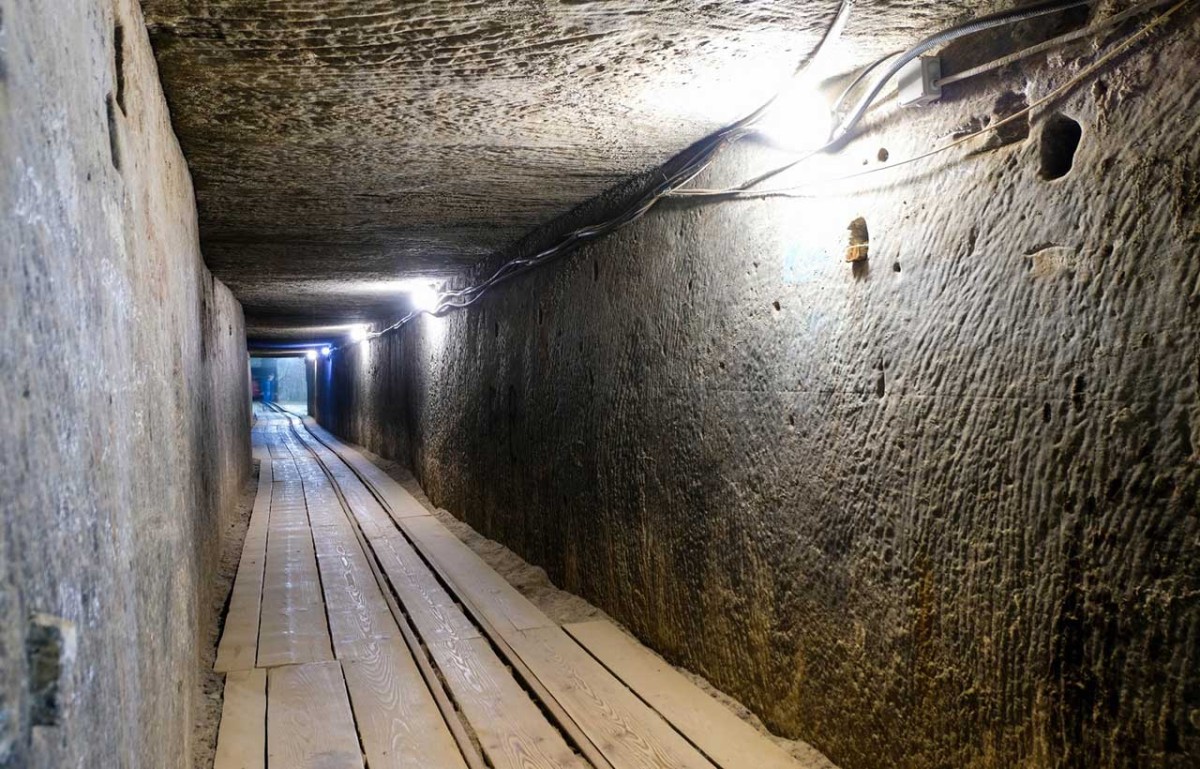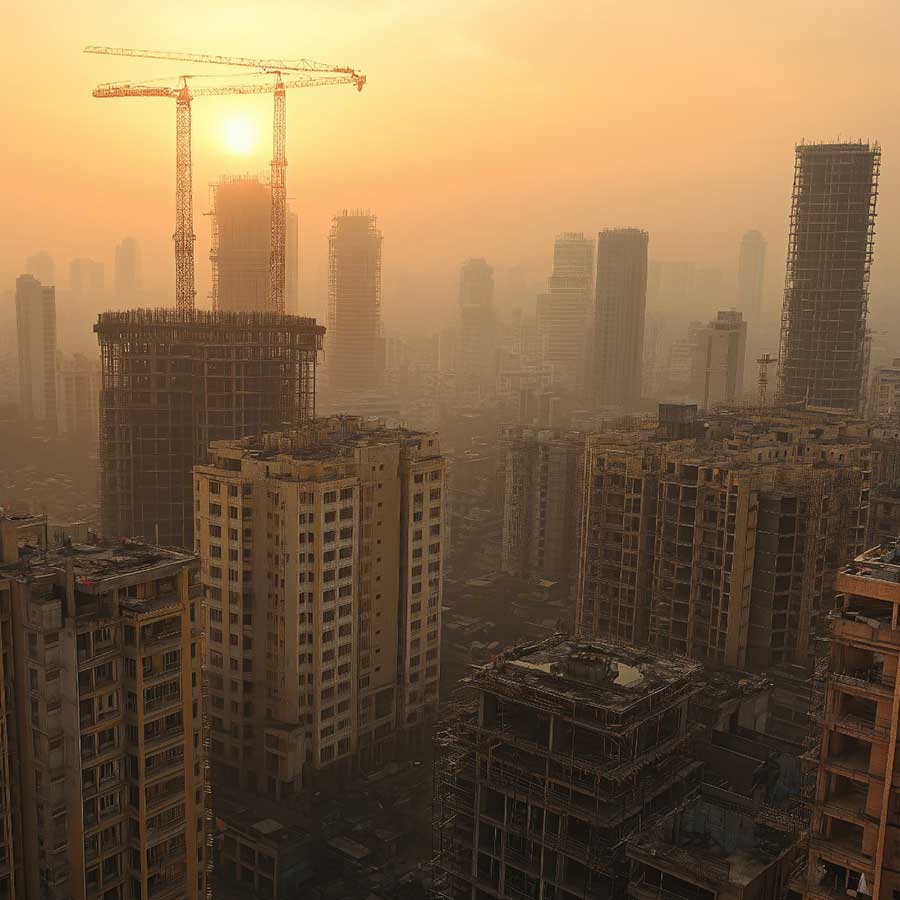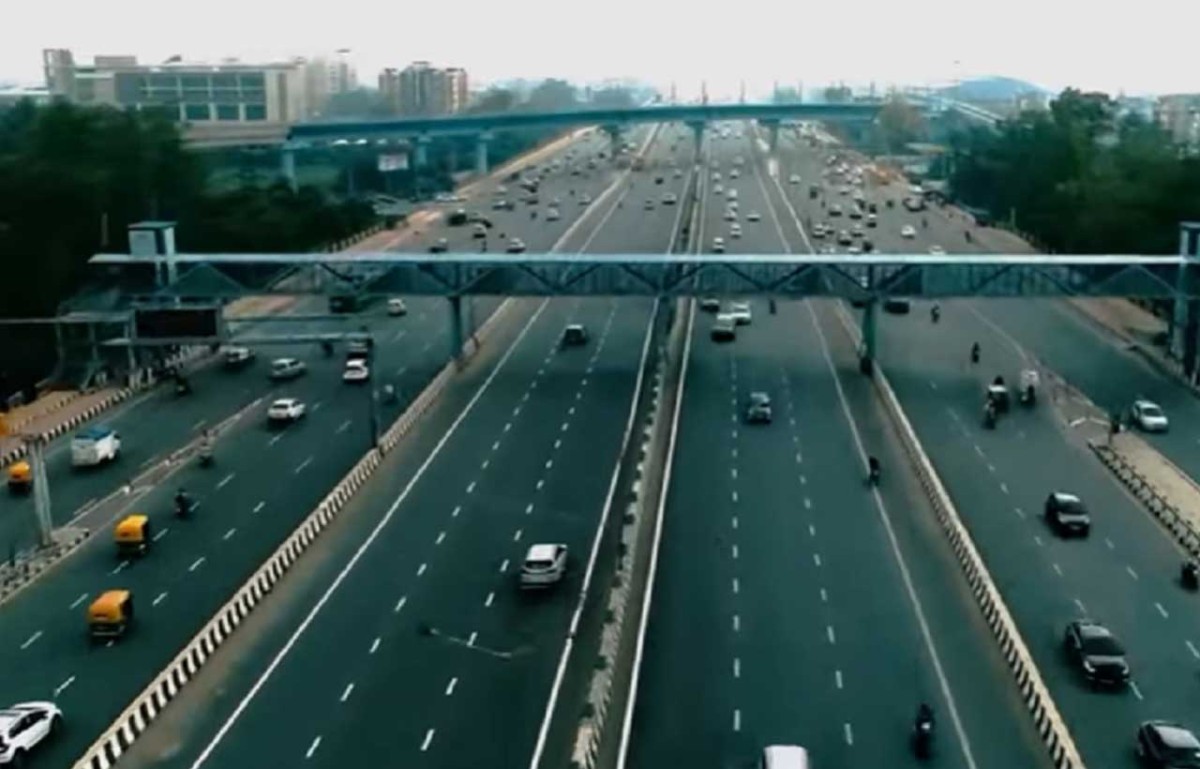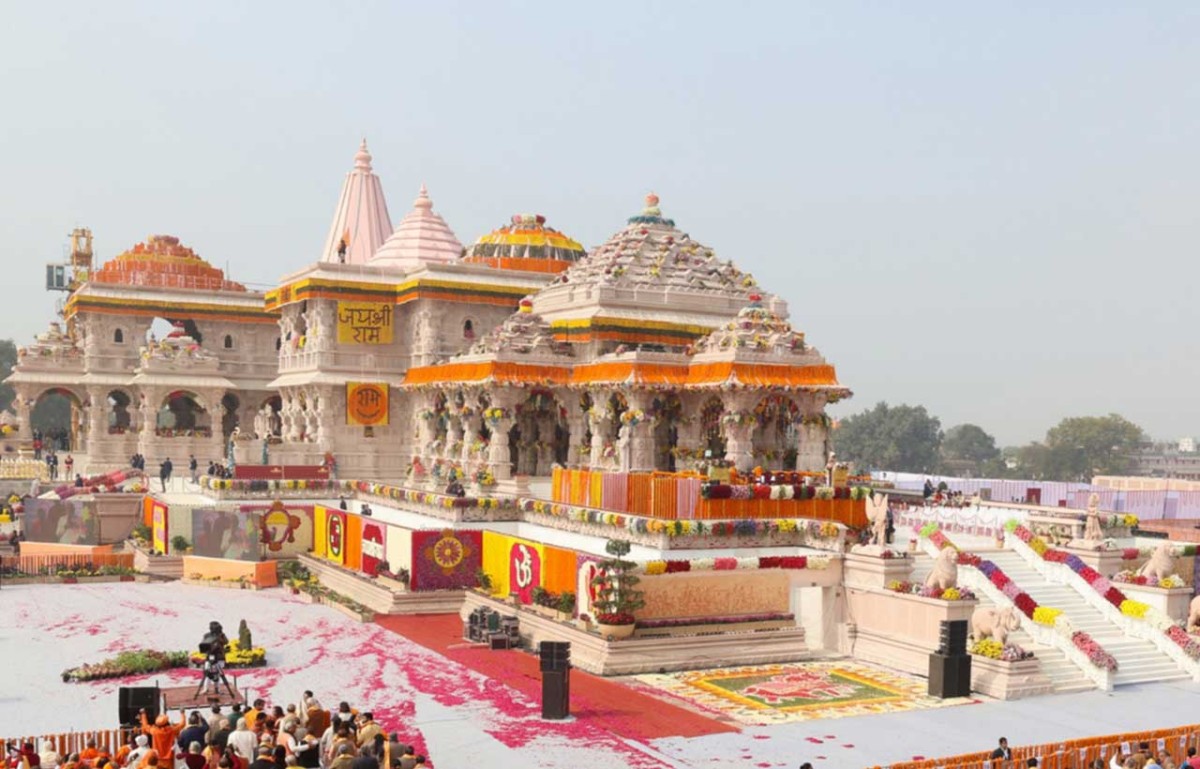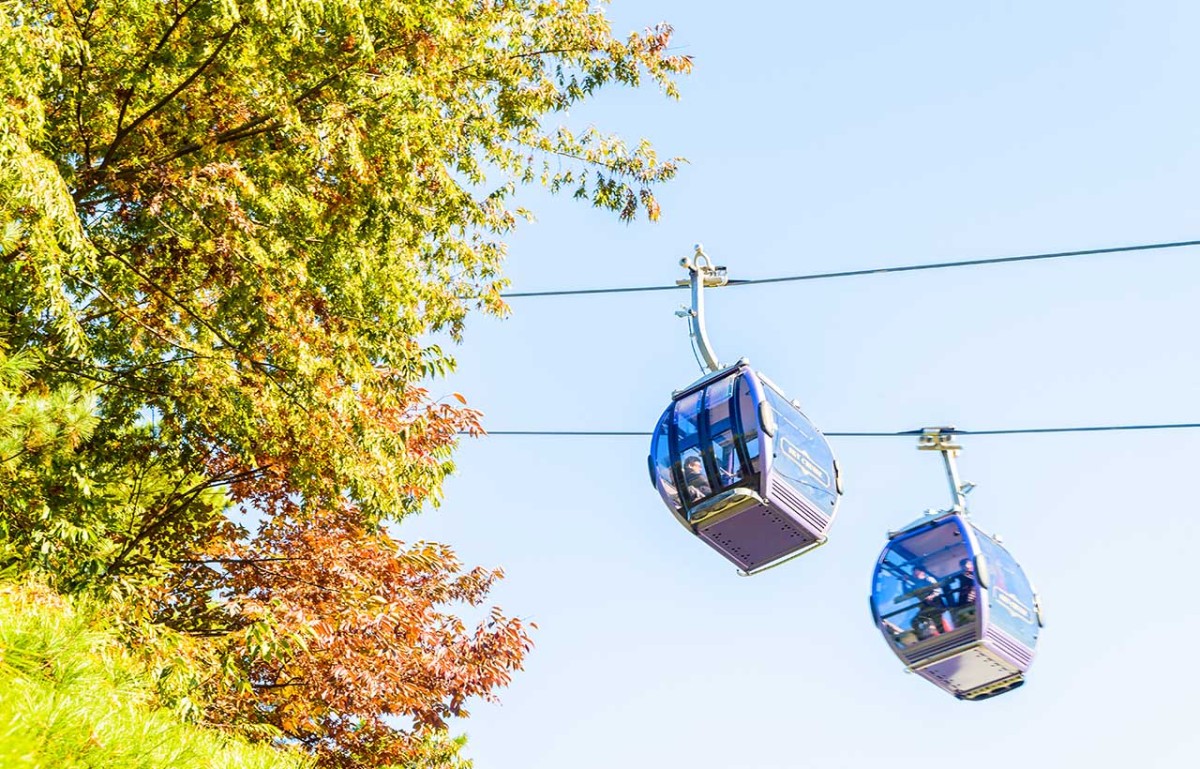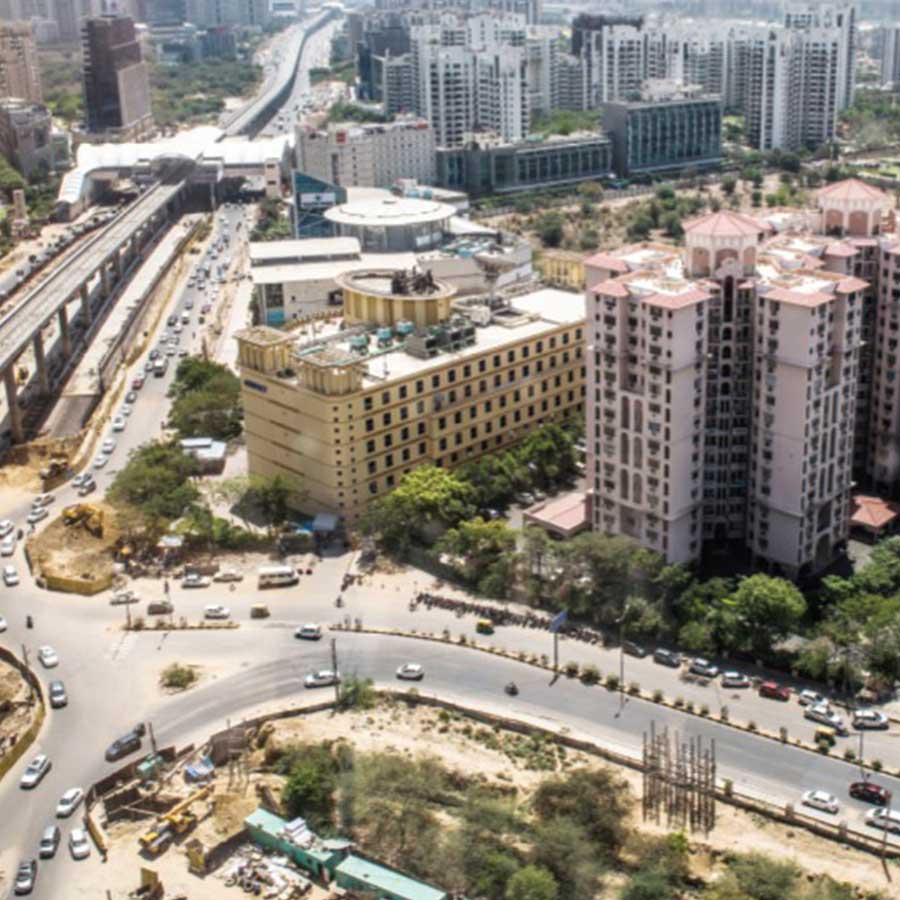No Steel Being Used in the Construction of Ram Mandir
- January 2, 2024
- By: Yukti Kasera
- NEWS
(3).jpg) The grand Ram Temple in Ayodhya is currently under construction, and its January 22 opening is expected to bring attention to the building materials and methods used. Here's some amazing information shared by Architect Chandrakant Sompura, responsible for the temple's design, where he shares key details about its durability and construction materials.
The grand Ram Temple in Ayodhya is currently under construction, and its January 22 opening is expected to bring attention to the building materials and methods used. Here's some amazing information shared by Architect Chandrakant Sompura, responsible for the temple's design, where he shares key details about its durability and construction materials.
The temple's durable construction materials, which mostly come from Bansi Paharpur, include pink stone and sandstone. According to Sompura, these materials are well known for their durability and strength, with the stone from Bansi Paharpur becoming stronger with age.
The absence of steel in the temple's construction is one noteworthy feature that architect Ashish Sompura, Chandrakant Sompura's son, has drawn attention to. According to Ashish, steel needs repairs every 80–100 years due to its short lifespan and susceptibility to corrosion.
In order to guarantee the durability of the Ram Temple, it was decided to only use the hardy stone and sandstone from Bansi Paharpur, which suggests that the magnificent structure will last for thousands of years.
(5).jpg) An important turning point in the history of Indian culture is the Ram temple in Ayodhya. A society that is perpetually subjected to the injustices and crimes committed by those who oppress it will eventually free itself. This temple represents our capacity to defend our dignity. The only resurrection to which the Ram Temple in 2024 can be compared is the Somnath Temple's revival in the 1950s. What is being built in Ayodhya is a monument honoring India's journey toward civilization, not just a brick-and-mortar temple. The temple, which is presently assuming its final form, is where this spirit finds its magnificent manifestations.
An important turning point in the history of Indian culture is the Ram temple in Ayodhya. A society that is perpetually subjected to the injustices and crimes committed by those who oppress it will eventually free itself. This temple represents our capacity to defend our dignity. The only resurrection to which the Ram Temple in 2024 can be compared is the Somnath Temple's revival in the 1950s. What is being built in Ayodhya is a monument honoring India's journey toward civilization, not just a brick-and-mortar temple. The temple, which is presently assuming its final form, is where this spirit finds its magnificent manifestations.
To better accommodate the influx of devotees, the design has been modified, with five domes instead of the original two. Above the sanctum sanctorum, a shikhara, or tower, is also planned to be built.
More than two lakh bricks with the word "Sri Rama" etched on them in a number of different languages will be used to lay the temple's foundation. Three decades ago, these bricks were gathered from all over the nation, giving the building process a special and symbolic touch.
An array of striking pillars in the shape of the sun, called "Surya Stambhs," is being built in the temple town along a main thoroughfare.
Every one of the thirty-foot-tall pillars has an adornment that, at night, lights up to look like the Sun. Every pillar is made of reinforced cement concrete and has a decorative cladding composed of a unique fiber. The pillars' various ornamental motifs, along with the inscription "Jai Shri Ram" and a mace representing Lord Hanuman, add to the overall attractiveness.
(4).jpg) With hundreds of trees and a designated green space covering most of the Ram temple compound, the dedication to environmental sustainability is highlighted. The temple complex itself has features like sewage and water treatment plants, a fire brigade post, and a dedicated power line in order to be "atma nirbhar," or self-sufficient.
With hundreds of trees and a designated green space covering most of the Ram temple compound, the dedication to environmental sustainability is highlighted. The temple complex itself has features like sewage and water treatment plants, a fire brigade post, and a dedicated power line in order to be "atma nirbhar," or self-sufficient.
The vast green space includes heavily forested areas, some so thick that light hardly ever reaches them. In this green belt, about 600 active trees have been preserved, giving importance to the landscape architecture too.
The overall superstructure is intended to be G+2, or three stories high. From the eastern side, visitors must climb 32 steps to reach the main temple. The temple is 161 feet tall, 250 feet wide, and 380 feet long (east-west). It was built in the traditional Nagara architecture style.
Seven more shrines honoring Maharshi Valmiki, Maharshi Vashisht, Maharshi Vishwamitra, Maharishi Agastya, Nishad Raj, Mata Shabri, and Devi Ahilya—all essential figures in the complex—are planned.
At Kuber Tila in Ayodhya, an idol of Jatayu has been installed, and Rai spoke of the restoration of an old Shiva temple that was situated there.
BMR believes in serving the best! Stay tuned with us for more ideas related to home decor, design, architecture and construction materials in the industry. We will be coming with more updates on Ram Mandir, Ayodhya.


